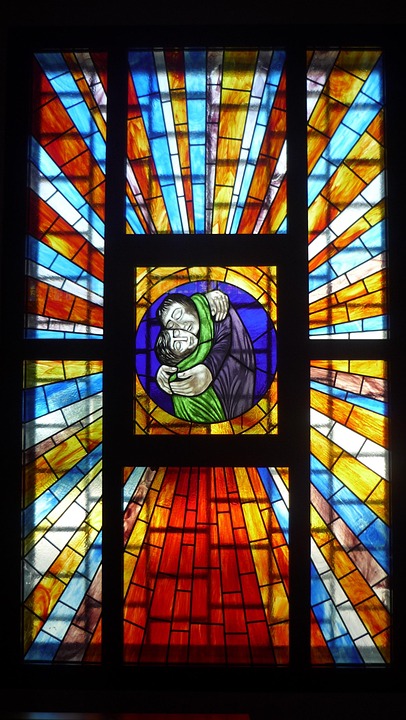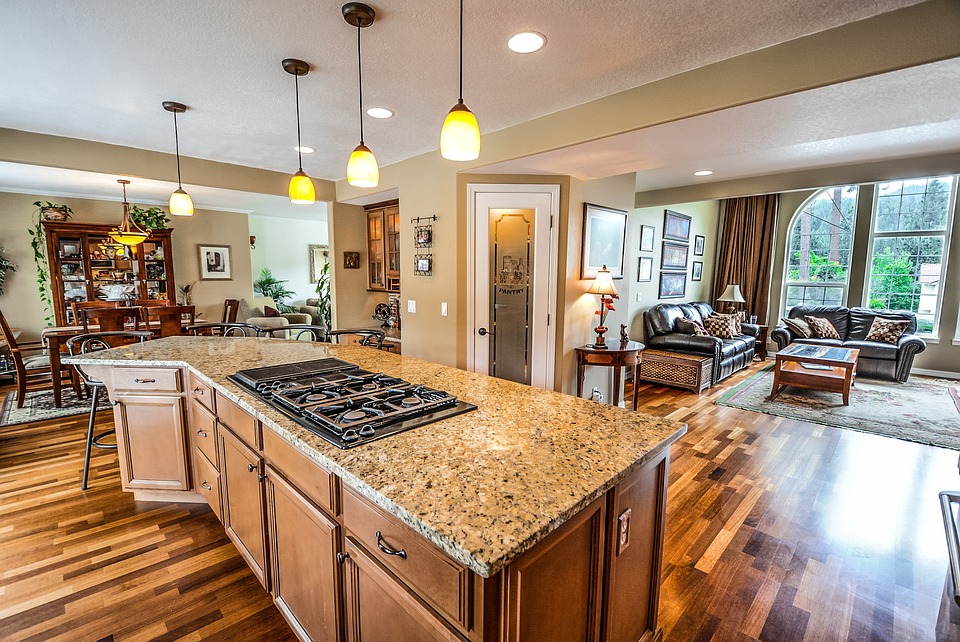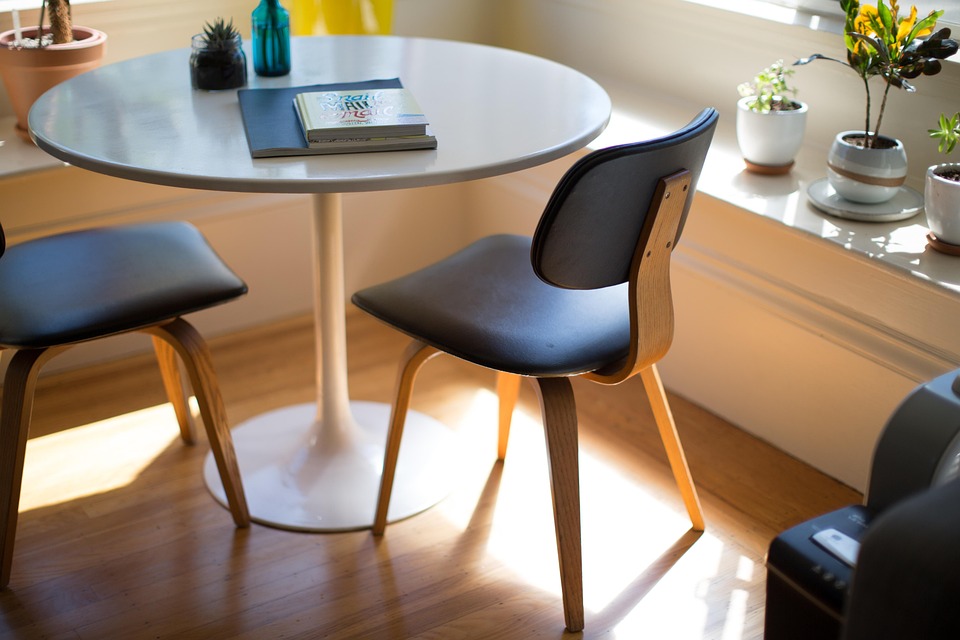Interior design is a constantly evolving field, shaped by trends, cultural shifts and technological advances. Among the diverse styles that have emerged, the dichotomy of vintage versus modern designs stands out. Both have unique character and charm, and when thoughtfully combined, can create spaces that are rich in history and utterly modern. The challenge is how to blend these contrasting elements to achieve a harmonious balance.
Understanding of vintage and modern styles
Vintage design
Vintage design usually refers to styles that were popular during specific recent decades, commonly recognized from the 1920s to the 1980s. This aesthetic includes elements such as:
- FurnitureA: Solid wood pieces with intricate carvings, retro shapes or upholstered in bold fabrics.
- Colour palettesA: Warm, muted tones or vibrant colours, often with floral patterns or retro motifs.
- Accessories: Antique Light Worldly, vintage posters and heirlooms that evoke nostalgia.
Vintage design often tells a story, inviting warmth and personality into a home. It celebrates craftsmanship and durability, qualities that are sometimes overlooked in modern mass production.
Modern design
Modern design emerged in the early to mid-20th century, characterized by minimalism, functionality and simplicity. Its main principles include:
- Furniture: Clean lines, elegant silhouettes and innovative materials such as metal and glass.
- Colour palettes: Neutral tones punctuated by bold accents and incorporating a more monochromatic look.
- Accessories: Minimalist decoration, abstract art and sculptural forms that favor form over embellishment.
The modern aesthetic encourages uncluttered spaces and favours open floor plans, creating a sense of airiness and freedom.
The appeal of mixing styles
Incorporating vintage and modern elements can lead to a uniquely personal space that reflects individual taste and lifestyle. Here are a few reasons to consider mixing these styles:
-
Depth and characterA: Vintage pieces represent a sense of history and character, filling the space with memories and stories. Even a single vintage item can serve as a conversation starter.
-
ScalesA: Using the clean lines of modern design to ground a space can offset the eclectic feel of vintage furniture. This balance can prevent a room from feeling too cluttered or chaotic.
-
SustainabilityA: Upcycling Vintage Furniture is not only eco-friendly, but also provides opportunities to create customized pieces that are unique.
-
VersatilityA: The combination creates an adaptable design that can evolve over time, allowing homeowners to replace items without the need for a complete redesign.
Tips for combining vintage and modern designs
If you want to successfully mix vintage and modern styles in your home, consider the following tips:
1. Find common ground
Look for common themes or color palettes among your vintage and modern pieces. This combination will help for a cohesive look. For example, use a vintage area rug to anchor modern furniture and create a harmonious focal point.
2. Mix the textures
Incorporating different textures is key. Pair sleek modern furniture with plush vintage textiles. For example, a mid-century modern leather sofa can look stunning when complemented with vintage knit throw or patterned cushions.
3. Create a focal point
Figure out which piece, vintage or modern, will be the focal point of the room. The structure of the space around this focal point will help unify the disparate elements and create a sense of balance.
4. Embrace eclecticism
Don't move away from mixing styles. Let your vintage pieces coexist with modern designs. A vintage chair can find a home next to a minimalist coffee table and hit the perfect eclectic rhythm.
5. Limit bits of vintage accent
When adding vintage elements, opt for a few pieces of commands rather than an overwhelming number. This prevents the space from feeling too retro and keeps a modern touch.
6. Consider proportion and scale
Make sure the scale of your vintage complements the modern elements. For example, a large vintage armoire could overpower a sleek modern sofa, while a smaller vintage side table could provide an eye-catching contrast.
Conclusion
The balance of vintage and modern designs in the interior spaces offers limitless possibilities. Each style brings its own strengths and allows for the creation of a unique aesthetic that is both timeless and modern. By blending the warmth of vintage with the elegance of modern design, homeowners can curate spaces that reflect personality and creativity and celebrate the best of both worlds. Ultimately, it's about finding the right balance that feels authentic and inviting - a true reflection of who you are.
Interior



